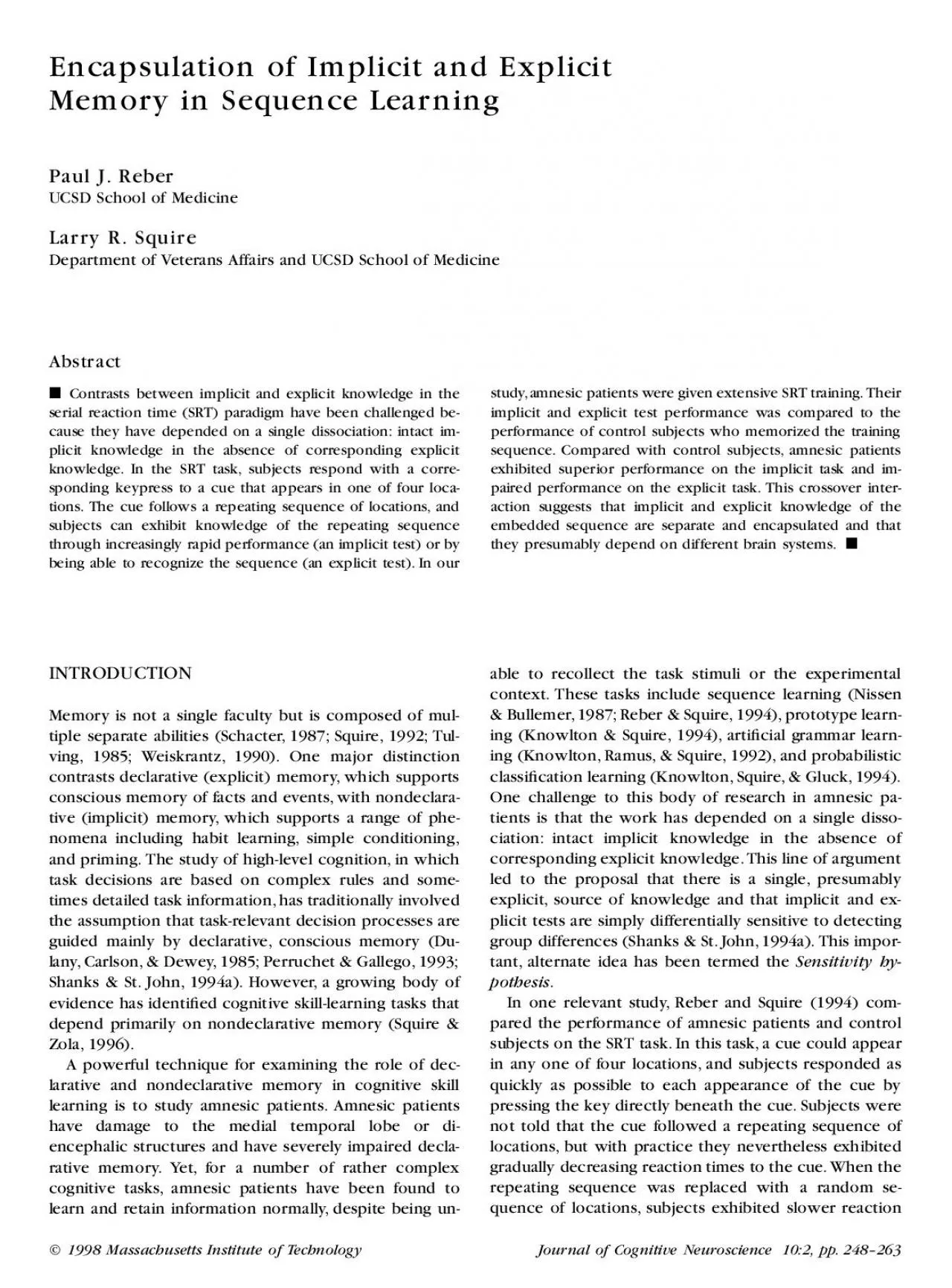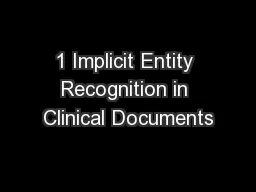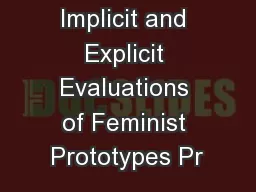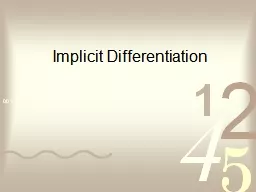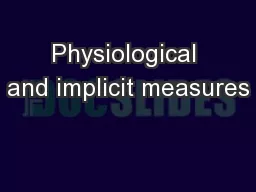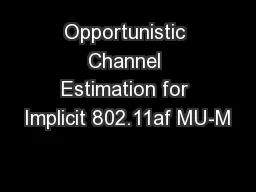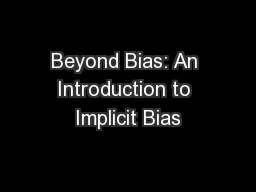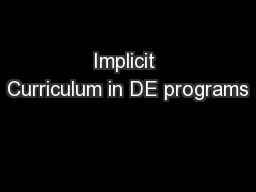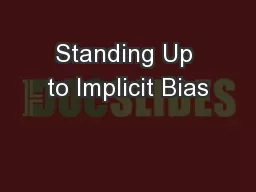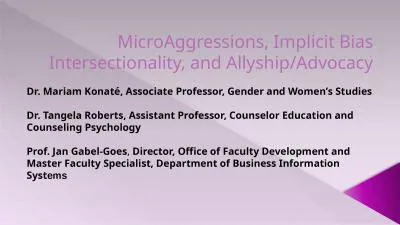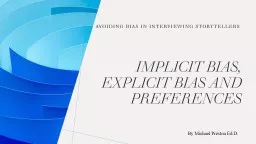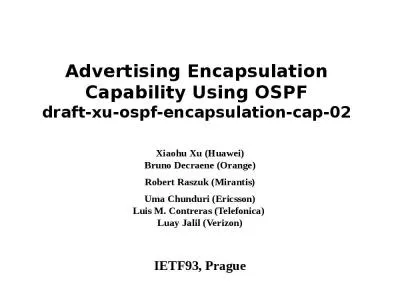PDF-Encapsulation of Implicit and ExplicitMemory in Sequence LearningPaul
Author : alis | Published Date : 2022-08-31
times indicating that some of their previous speed wasdue to knowledge of the repeating sequence Theamount of sequence knowledge expressed in this waywas equivalent
Presentation Embed Code
Download Presentation
Download Presentation The PPT/PDF document "Encapsulation of Implicit and ExplicitMe..." is the property of its rightful owner. Permission is granted to download and print the materials on this website for personal, non-commercial use only, and to display it on your personal computer provided you do not modify the materials and that you retain all copyright notices contained in the materials. By downloading content from our website, you accept the terms of this agreement.
Encapsulation of Implicit and ExplicitMemory in Sequence LearningPaul: Transcript
Download Rules Of Document
"Encapsulation of Implicit and ExplicitMemory in Sequence LearningPaul"The content belongs to its owner. You may download and print it for personal use, without modification, and keep all copyright notices. By downloading, you agree to these terms.
Related Documents

